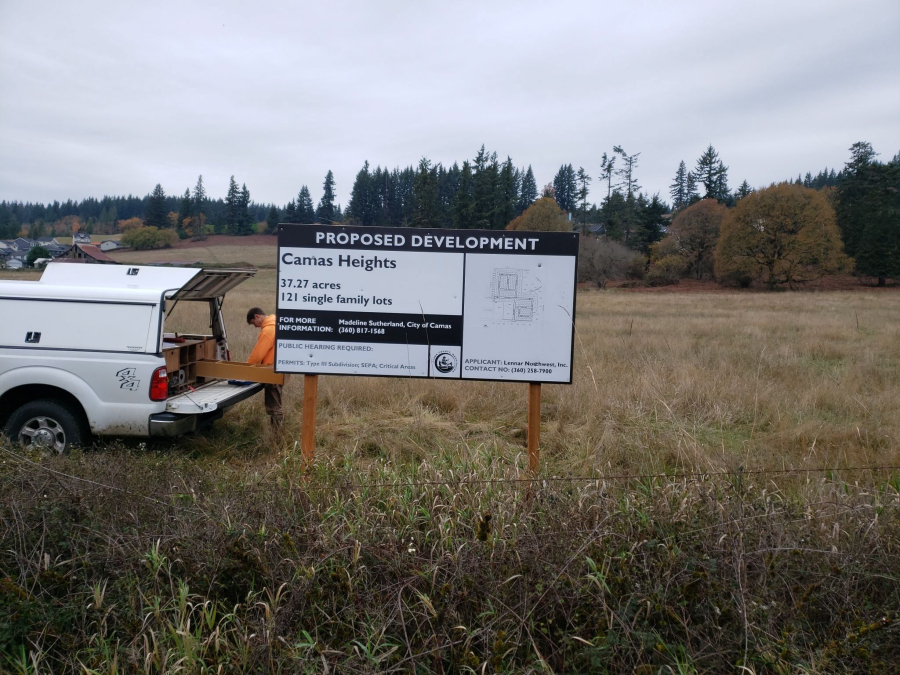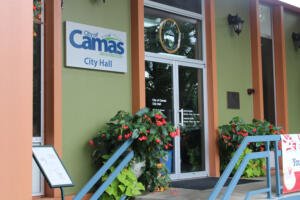A proposal that would build 122 single-family homes near Green Mountain near Camas’ northern city border is drawing opposition from several Camas residents, Green Mountain neighbors and local “tree protectors.”
“Citizens in Camas have been telling you for years that we are tired of letting developers ruin our land and environment,” Camas resident Madeline Lyne wrote to city of Camas officials and planning staff on May 2, two days before Camas Hearings Examiner Joe Turner opened a public hearing on the proposed Camas Heights subdivision at 22630 N.E. 28th St. “I am helping to speak up for the trees in Camas and this time specifically for the 10 Oregon White Oak trees, of which Lennar Homes is only willing to save (two). It is no revelation that these trees are on this property, so Lennar should make adjustments and we, or you, the Mayor and City Council who represent us, need to be more adamant about what Camas values and expects from those who come into our home and change the landscape with a new development.”
Lennar Northwest, Inc., a Vancouver development company, has applied for a preliminary plat approval to subdivide a 37-acre parcel bordered by the Green Mountains Estates subdivision in northern Camas into 122 7,200- to 12,000-square-foot lots.
The site, which is currently zoned for single-family residential development, has a few sticking points for the developer — including two wetlands, steep slopes and 10 Oregon white oak (also known as Garry oak) trees.
The state’s Department of Fish and Wildlife (DFW) weighed in on the developer’s plan to remove all but two of the site’s existing white oaks.




